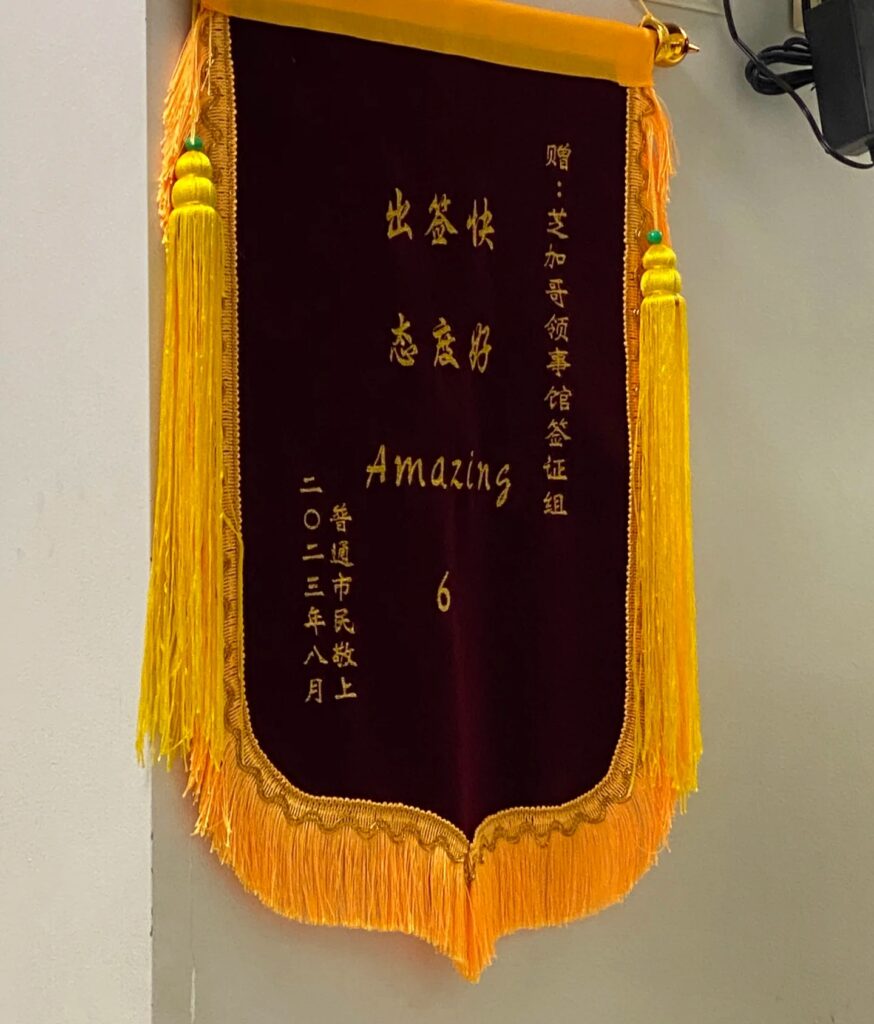Red silk banners are a familiar sight across China, often hanging proudly in hospital lobbies, school hallways, or local government offices. At first glance, they may seem like simple decorations—but behind the gold lettering and vibrant color lies a deeply rooted tradition. These banners are not just fabric; they are a visual expression of gratitude, recognition, and shared values within Chinese society.
I. Where are red silk banners typically seen in Chinese society?
These banners are commonly found in public institutions such as hospitals, schools, police stations, and local administrative offices. Businesses and community centers may also display them.
They’re usually gifted by individuals or groups to express appreciation for excellent service or moral action. For instance, a patient may offer a banner to thank a doctor for compassionate care, or a local resident might present one to honor a police officer’s bravery. You’ll also see them at official ceremonies, anniversaries, and public commemorations—moments that call for formal recognition.
II. What cultural values do these banners represent?
Red silk banners reflect core Chinese values: respect, honor, and social responsibility. In a culture where collective memory and social recognition matter deeply, these banners act as public affirmations of trust and goodwill.
They also reinforce ideals such as moral conduct and professional integrity. Whether praising a teacher’s dedication or a citizen’s selfless act, the banner celebrates behavior that uplifts the community. In this way, the banners serve both as thanks and as moral encouragement.
III. How are the messages and design elements chosen?
Design plays an essential role in the banner’s meaning. Red, a color associated with luck, celebration, and sincerity, creates an emotional warmth. The gold lettering stands for dignity, prestige, and formality.
The text is often poetic and respectful—phrases like “医德高尚” (noble medical ethics) or “见义勇为” (acting bravely for a just cause) highlight the moral weight of the gesture. Many banners are handwritten in traditional calligraphy or embellished with elegant strokes, adding a touch of artistry and solemnity to the message.
IV. How have red banners evolved in modern China?
In the past, red banners were reserved for major acts—life-saving efforts, heroic deeds, or outstanding public service. Today, their use has expanded to include more everyday scenarios. A customer might give one to a helpful shop owner, or a student to a supportive teacher.
They’ve also taken on new life in digital culture. Images of banners now circulate online, sometimes sincerely, sometimes humorously, but always as part of a cultural language of appreciation.
Conclusion: Why do red silk banners still matter?
Red silk banners continue to hold meaning because they represent more than just gratitude—they symbolize recognition, shared values, and trust. Whether given for a grand gesture or a small kindness, each banner quietly tells a story of connection. In a world moving quickly, these banners remind us of the lasting impact of honor and acknowledgment in everyday life.
